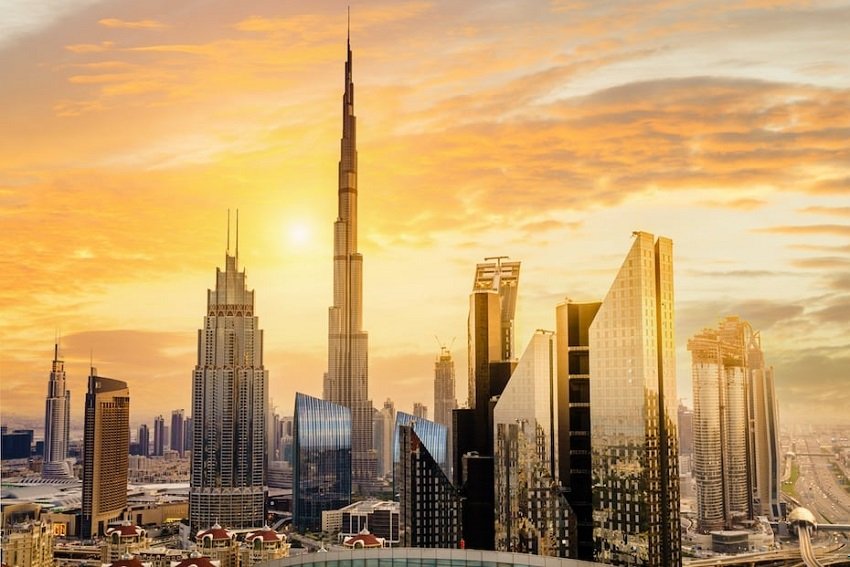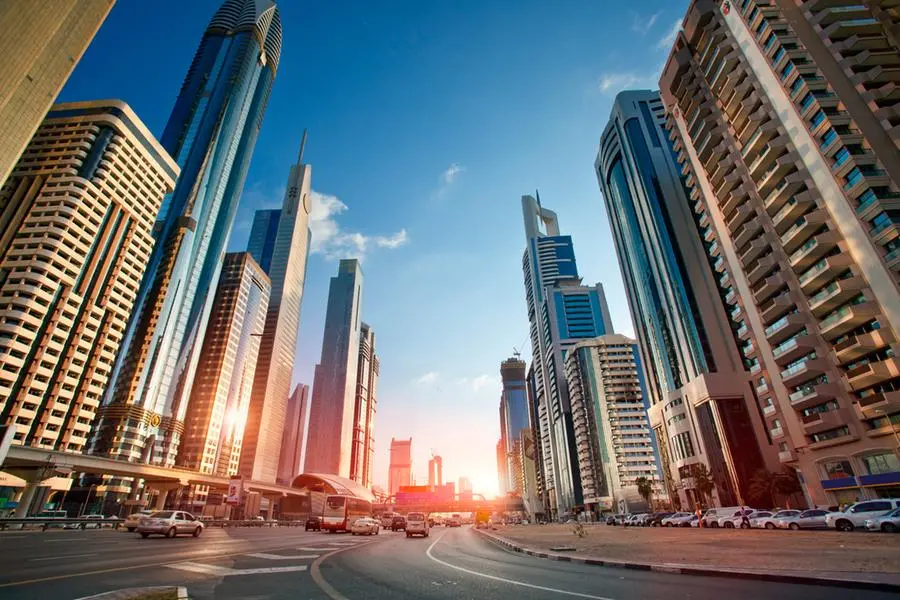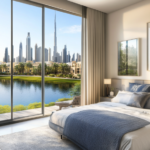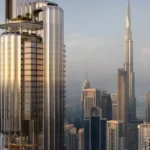Now Reading: Dubai Affordable Housing Crisis Exposes Illegal Homes
-
01
Dubai Affordable Housing Crisis Exposes Illegal Homes
Dubai Affordable Housing Crisis Exposes Illegal Homes
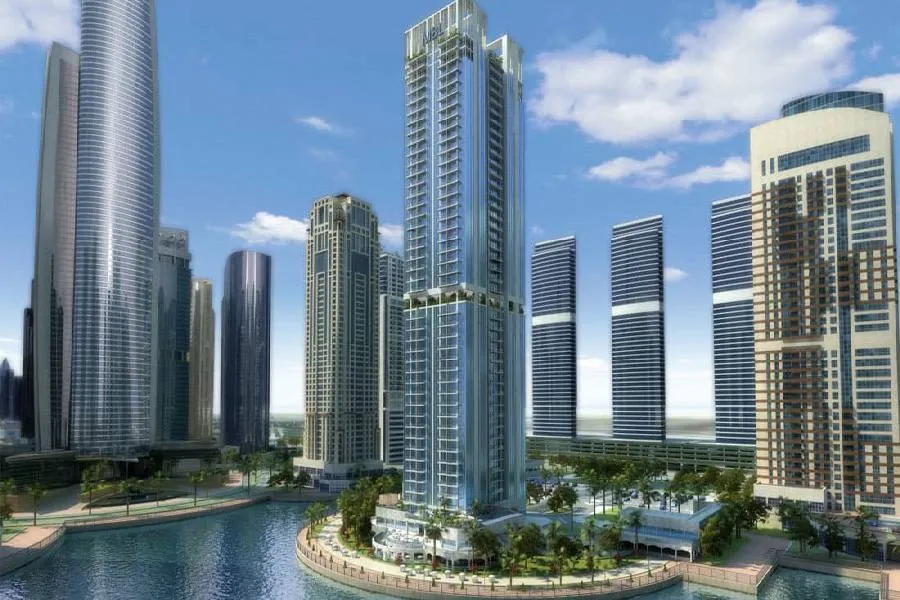
Dubai Affordable Housing Crisis has taken center stage once again as authorities crack down on illegal homes scattered across the city. Behind the glitzy skyline of luxury towers and billion-dirham villas lies a hidden struggle: the thousands of low-income workers who are left scrambling for a place to live.
While Dubai is known worldwide for its record-breaking skyscrapers and high-end communities, the city faces an ongoing challenge in providing affordable housing to its massive workforce. The recent clampdown on illegal accommodations has revealed the darker side of this crisis, where safety, dignity, and affordability often clash.
The Hidden World of Illegal Homes
For many workers and low-income residents, high rents in Dubai’s established neighborhoods remain out of reach. In response, landlords and tenants alike have resorted to creating unauthorized housing solutions. These often take the form of partitioned apartments, overcrowded villas, or makeshift extensions that operate far outside the city’s safety and zoning regulations.
While these illegal homes provide temporary relief, they expose residents to unsafe conditions—lack of fire exits, poor ventilation, and limited sanitation. In some cases, up to 10–15 people share a single apartment unit, creating risks for both residents and the wider community.
Authorities have repeatedly warned against such practices, highlighting not only the safety concerns but also the strain on infrastructure and public services. The latest crackdowns have seen dozens of such properties sealed and heavy fines imposed on violators.
Why the Dubai Affordable Housing Crisis Persists
The Dubai Affordable Housing Crisis is not new. The city’s rapid growth and rising real estate prices have made it increasingly difficult for low- and middle-income residents to find suitable housing. Several key factors contribute to this ongoing issue:
- Rising Property Prices
With luxury real estate dominating headlines, affordable housing developments often get sidelined. Investors are more attracted to high-end projects that promise bigger returns. - Growing Workforce
Dubai’s expanding economy relies on a large workforce, especially in construction, hospitality, and services. These workers often earn modest wages that cannot keep up with rising rents. - Limited Affordable Projects
While government and private developers have announced affordable housing projects, supply still falls short of demand. Many of these projects are located far from the city center, adding commuting costs. - High Rental Demand
Even small studio apartments in central areas can be priced beyond what most workers can afford, pushing them toward cheaper but illegal housing alternatives.
The Human Cost of Illegal Housing
Behind every story of illegal homes lies the human side of the Dubai Affordable Housing Crisis. For migrant workers earning a few thousand dirhams a month, rent often consumes a large portion of their salaries. Families sometimes live in cramped conditions where privacy is nonexistent, and basic needs like air conditioning or proper sanitation are shared among dozens of people.
Health and safety risks are another pressing issue. Overcrowding increases the chances of disease spread, while poorly built partitions and electrical wiring make fire hazards a constant threat. In recent years, fires in such illegally partitioned accommodations have led to tragic losses, underscoring the urgent need for better solutions.
Government Crackdown and Fines

Dubai authorities have intensified inspections, targeting neighborhoods where illegal homes are most common. Villas turned into labor accommodations, apartments divided into multiple subunits, and unauthorized structures face strict penalties.
- Landlords caught renting illegal units face fines up to AED 100,000.
- Repeat offenders risk property seizure and further legal action.
- Tenants living in such conditions are often evicted with little notice, leaving them scrambling for new housing.
While the crackdown aims to protect residents, critics argue that without affordable alternatives, the problem will simply resurface elsewhere.
Balancing Luxury with Affordability
Dubai’s real estate market thrives on luxury developments, but experts emphasize the need for balance. The city’s workforce forms the backbone of its economy, and sustainable growth requires housing solutions that cater to all income levels.
Some positive steps have been taken:
- Affordable housing zones in areas like International City, Al Qusais, and Dubai South.
- Public-private partnerships to deliver mid-market housing projects.
- Flexible rental policies to encourage landlords to offer smaller, more affordable units legally.
However, these initiatives still need to scale up significantly to meet the true demand.
The Role of Developers
Private developers play a crucial role in shaping the future of Dubai’s housing market. While luxury branded residences and multi-million-dirham villas grab headlines, there is growing recognition that the affordable housing segment offers untapped potential.
Developers who invest in mid-market housing not only serve a critical need but also diversify their portfolio against market volatility. With rental demand remaining high, affordable projects can deliver stable, long-term returns.
Looking Ahead: Can the Crisis Be Solved?
The Dubai Affordable Housing Crisis is a complex issue that requires a multi-pronged approach:
- More Affordable Housing Projects
Expanding the supply of reasonably priced apartments and housing communities is the first step to easing the crisis. - Stricter Enforcement with Alternatives
While cracking down on illegal homes is necessary, offering displaced tenants affordable alternatives is equally important. - Government Incentives
Policies that encourage developers to build affordable units—such as tax breaks or land subsidies—can accelerate progress. - Community-Based Solutions
Shared housing models and co-living spaces designed legally and safely can provide cost-effective solutions without compromising safety.
Final Thoughts
The Dubai Affordable Housing Crisis is a reminder that behind the city’s luxury image lies a pressing social challenge. Illegal homes may offer short-term relief, but they bring long-term risks for both residents and the city as a whole.
The recent crackdowns highlight the urgency of addressing the issue, but real change will come only when affordable housing supply meets the massive demand. Dubai has proven its ability to set global benchmarks in architecture, tourism, and innovation. Solving its housing crisis could be the next big achievement—one that would benefit not only investors and policymakers but also the workers who make the city run every day.
As the Dubai Affordable Housing Crisis continues to unfold, the world will be watching to see if the city can balance its luxury-driven growth with the basic housing needs of its people.
Do follow us : Instagram
Read More-Dubai Real Estate Deals Hit Record $117B in H1 2025



